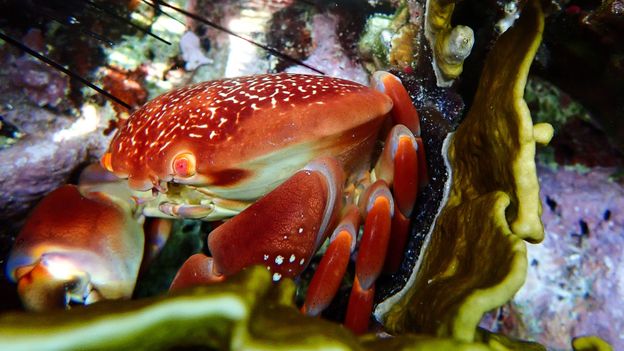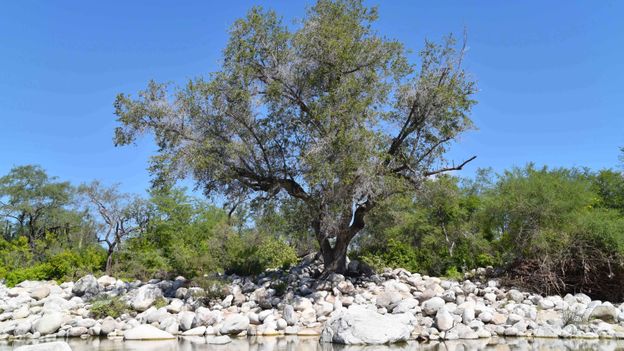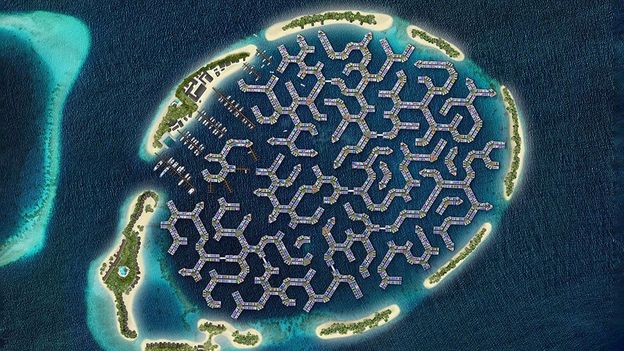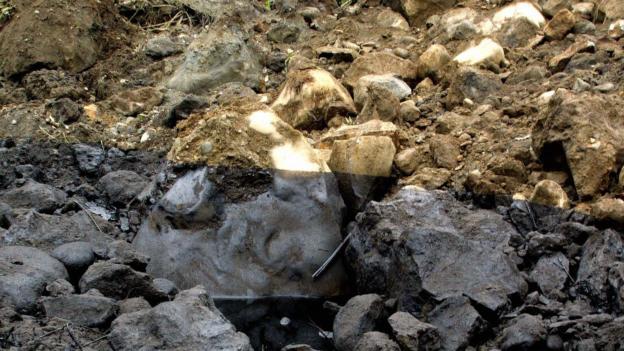Techniques developed by Fragments of Hope have been successfully applied in Colombia, Jamaica and the Caribbean island of St Barts, as well as seven Marine Protected Areas and 10 other sites in Belize. Prior to Covid-19, Fragments of Hope organised exchanges, study visits and workshops to share experience across the Caribbean. People came to learn how to select an appropriate restoration site based on a long set of criteria, set up nurseries, trim corals and use cement for planting. The organisation also shares its methods and experiences online.
“Fragments of Hope is a centre of innovation, attracting talent from the Placencia Peninsula and around the world, all inspired by the proactive approach to coral restoration,” says Trotz.
After 15 years of restoration efforts, the coral reef at Laughing Bird Caye National Park, which was once a rubble graveyard, is now bursting with life. Staghorn and elkhorn corals are again covering the seafloor, spawning and providing refuge to numerous species. Giant lobsters, crabs, eagle rays and sea turtles, which were abundant prior to the hurricane, now roam around the reef. Schools of parrotfish and surgeon fish have also returned and graze the algae so corals can spread out even more.
Scientists, reef restorers and passionate divers all agree that the coral reef at the Laughing Bird Caye is unique. “I haven’t seen this kind of acroporid coverage since late 1970s or early 80s. It’s pretty remarkable,” says Mark J. Butler IV, professor and eminent scholar at Old Dominion University, one of the many visitors who come to admire the thriving underwater world of the restored reef.
Though the project has seen substantial success, maintaining the reef is likely to be an uphill struggle. Coral bleaching events are becoming more extreme each year due to climate change and storms more frequent and severe. If greenhouse gas emissions are not curbed globally, then few corals are predicted to survive in the “business as usual” scenario. The bleaching events in Belize have been getting progressively worse, Carne says.
But if Carne had waited for zero emissions to begin her work, the reef today may not look much more alive than after Hurricane Iris hit. So while many scholars still criticise the idea of reef restoration in a world of warming oceans, the constant decline of reefs globally has led to projects in over 50 countries, though none yet approach the scale or longevity of the work in Belize.
“When we first started maybe one or two people were doing reef restoration,” says Carne. “But nowadays, everybody’s doing it. I joke that it’s like yoga now.”
—
The emissions from travel it took to report this story were 0kg CO2. The digital emissions from this story are an estimated 1.2g to 3.6g CO2 per page view. Find out more about how we calculated this figure here.
—
Join one million Future fans by liking us on Facebook, or follow us on Twitter or Instagram.
If you liked this story, sign up for the weekly bbc.com features newsletter, called “The Essential List”. A handpicked selection of stories from BBC Future, Culture, Worklife, and Travel, delivered to your inbox every Friday.












